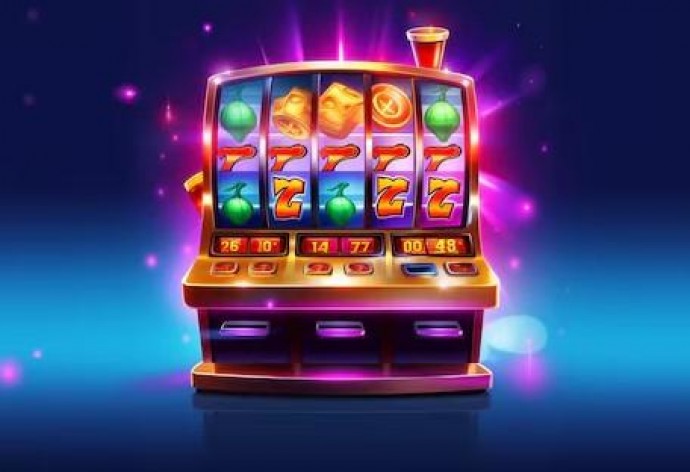
The name hehe555 has quietly become a focal point for curiosity across several online communities, spawning a range of creative expressions, fan-made content, and thoughtful commentary. For many newcomers, a first stop might be a dedicated page such as hehe555bd.com where basic background and links collect initial impressions before users branch out into deeper discussions or creative projects.
At first glance, hehe555 looks like a playful combination of laughter («hehe») and numerals («555»), but beneath the surface it functions as a flexible cultural signifier. It operates simultaneously as a username, a meme template, a design motif, and a shorthand for a certain tone—light, ironic, and slightly mysterious. The dual nature of a textual laugh combined with repeating numbers gives it both human warmth and a hint of algorithmic anonymity, which helps explain its adoption in varied contexts from social platforms to small creative projects.
Origin stories for internet-born cultural artifacts are often messy, involving multiple contributors, reposts, and gradual evolution. In the case of hehe555, the term seems to have emerged organically in chatrooms and short-form content hubs where quick, catchy identifiers thrive. Once it began to appear as profile handles, stickers, and image captions, it gained momentum through replication. Each iteration added subtle variations—emoji combinations, stylized fonts, or paired visuals—that enriched the meme’s visual and emotional vocabulary. These variants reinforced recognition while allowing personalized spin-offs that kept the trend lively.
One of the reasons hehe555 sustains interest is its adaptability. Content creators enjoy transforming it to fit different moods: playful self-mockery, surreal humor, or gentle commentary on digital life. Designers treat it as a motif, experimenting with typography, color palettes, and motion graphics. Writers and micro-essayists use it as a narrative anchor—a symbol of an online aesthetic moment or a shorthand for ironic detachment. This capacity to be many things to different people is a hallmark of memorable internet culture.
Community engagement around hehe555 tends to favor collaboration and remix culture. Fans create derivative works and share them in threads, remix packs, and themed challenges. These activities strengthen the sense of belonging: participants feel part of a playful experiment rather than a strictly moderated fandom. While not every community is large, the decentralized nature of interaction—across image boards, social networks, and personal blogs—creates a mosaic of disparate but related contributions. Small pockets of active creators often act as cultural curators, directing attention to noteworthy spins and preserving the trend’s vitality.

The aesthetics tied to hehe555 also reflect broader tendencies in contemporary digital taste. Minimalist graphics, pastel palettes, deliberate glitches, and offhand captions are common. This aesthetic resonates with younger audiences who grew up amid rapidly changing styles and appreciate a wink-and-nod approach to design. There is an element of nostalgia in some adaptations, where the term is paired with retro visual cues or references to early internet eras. This mixing of old and new sensibilities helps the meme stay fresh while remaining familiar.
From a sociological perspective, the lifecycle of memes like hehe555 reveals how communities invent and police meaning. Moderators and influential creators can amplify certain interpretations or aesthetics, while other meanings fade. The decentralized nature of the meme means that competing versions coexist: some view it as light-hearted branding, others as an inside joke, and still others as an opportunity for artistic experimentation. This plurality is crucial; it allows the phenomenon to survive beyond a single platform or cultural moment.
Practical considerations for newcomers who want to participate: first, observe before posting. Spend time seeing how the term is used across different spaces—tone, context, and typical formats vary. Second, respect licensing and attribution when remixing others’ work; many creators appreciate credit even in casual sharing contexts. Third, bring your own twist. Originality matters; a small, clever alteration to an existing template often gains more traction than a straightforward copy. Finally, be mindful of audiences: what reads as playful in one community might not translate the same way elsewhere.
Looking ahead, the future of hehe555 depends on how creators continue to reinterpret and distribute it. If new technological tools—like generative art platforms or novel social features—enter the scene, they will shape the meme’s forms and reach. Institutional attention, such as coverage by lifestyle blogs or cultural analysts, could push it into wider recognition, but that also risks commodification. Many successful internet phenomena strike a balance: they enjoy brief mainstream attention while keeping roots in grassroots creativity.
It’s also worth noting the potential for meaningful projects to arise from such playful origins. Small creative economies can form around stickers, prints, or commissioned artworks inspired by the motif. Collaborative zines, digital exhibitions, or charity-driven campaigns are natural extensions for communities that want to convert cultural energy into purposeful outcomes. In those cases, hehe555 evolves from an ephemeral catchphrase into a platform for collective expression.
Ultimately, hehe555 exemplifies how contemporary culture invents and sustains micro-phenomena: through mimicry, adaptation, and communal curation. It thrives on ambiguity—funny enough to invite participation, vague enough to encourage reinterpretation. For anyone intrigued by digital creativity, it offers a fertile playground: a modest seed that, in the hands of many, grows into diverse and unexpected forms. Whether you encounter it as a quirky username, a visually striking tag, or a shared in-joke, hehe555 is a neat reminder that small ideas, when repeatedly shared and lovingly remixed, can become enduring cultural threads.
